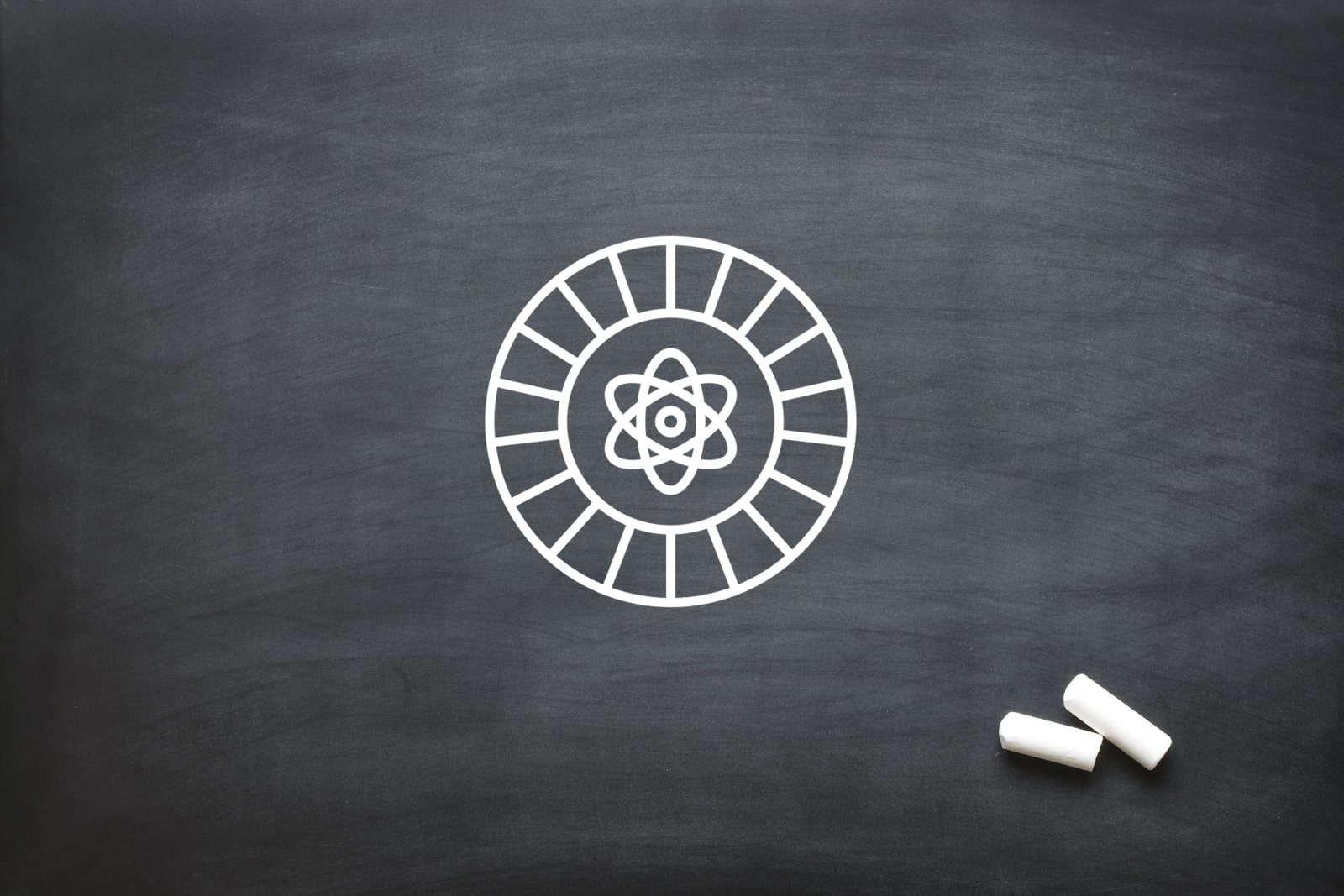
Colour and Lighting for 3D Animators
The impact of colour and lighting in 3D animation cannot be overstated. These elements define not only the visual appeal of a scene but also the emotional resonance and narrative clarity. For 3D animators, mastering the principles of colour theory and lighting allows for the creation of immersive environments, realistic materials, and scenes that communicate mood and story intuitively. Understanding how colours interact, how light behaves, and how the two elements complement each other is essential for producing professional-quality animations that engage viewers on multiple levels.
Beyond aesthetics, colour and lighting also serve as tools for directing audience attention. Strategic choices in these areas can emphasise key elements, guide visual flow, and create depth. A scene that skilfully balances light, shadow, and colour can evoke specific emotions, whether tension, calm, warmth, or melancholy. For 3D animators, this understanding bridges the gap between technical skill and artistic storytelling, allowing each project to achieve both visual fidelity and emotional impact.
Colour Harmony: Crafting Visually Pleasing Scenes
Colour harmony involves the thoughtful combination of colours to produce balanced, cohesive visuals. For 3D animators, harmonious colour schemes ensure that every element in a scene works together to create a unified experience without visual discord. By leveraging colour relationships, animators can evoke desired emotional responses, enhance realism, and guide the viewer’s attention effectively across a composition. A carefully chosen palette reduces visual clutter and strengthens the narrative voice of a scene.
Applying harmony can take several forms. Complementary colours, situated opposite each other on the colour wheel, create striking contrast that highlights focal points. Analogous colours, adjacent on the colour wheel, foster serenity and cohesion, making them ideal for calm or harmonious environments. Monochromatic schemes, based on a single hue with varied saturation and brightness, allow subtlety and unity, perfect for scenes requiring understated elegance. Mastery of these techniques equips 3D animators to construct visually compelling narratives while maintaining aesthetic balance.
Warm vs Cool Colours: Evoking Emotion and Depth
The emotional power of colour is largely determined by temperature. Warm colours—such as red, orange, and yellow—invoke feelings of energy, intimacy, or urgency, while cool colours—like blue, green, and violet—convey calm, distance, or melancholy. By manipulating warm and cool tones, 3D animators can control the viewer’s perception of space, depth, and atmosphere. Temperature contrast also adds dimensionality, making environments feel tangible and immersive.
In practical application, combining warm and cool colours within a scene allows animators to emphasise important elements or create visual hierarchy. For instance, a warm foreground against a cool background can draw attention to a character or object. Moreover, temperature choices can subtly convey time of day, weather conditions, or emotional context, enabling 3D animators to tell complex stories without relying solely on dialogue or action.
Lighting Types: Sculpting the Scene
Lighting defines the visibility, mood, and form of objects in 3D scenes. Key lighting establishes the primary illumination, shaping how surfaces are perceived and where shadows fall. Fill lighting softens the harshness of shadows, revealing detail and balancing exposure. Rim lighting accentuates edges, separating subjects from backgrounds and enhancing depth. Ambient lighting ensures that no area is completely lost to darkness, providing overall scene illumination.
Combining these lighting types allows 3D animators to control visual hierarchy and guide the viewer’s focus. Effective lighting can imply texture, material quality, and spatial relationships, making scenes more believable. Understanding the principles of intensity, angle, and direction of light empowers animators to craft compositions that are both visually compelling and emotionally resonant, supporting the storytelling intent of the scene.
Global Illumination: Simulating Realistic Light Bounce
Global Illumination (GI) enhances realism by simulating indirect light bouncing off surfaces, illuminating areas that would otherwise remain dark. This technique captures the subtle interplay of light and colour, producing natural variations in brightness and hue. For 3D animators, GI is crucial for creating believable interiors, outdoor environments, and complex material interactions without relying solely on direct light sources.
GI also influences the mood and cohesion of a scene. Light reflected from walls, floors, or objects can subtly tint surrounding surfaces, adding richness and realism. Scenes with effective GI appear more natural, with softer transitions between light and shadow, helping 3D animators evoke atmosphere and depth while ensuring the viewer’s eye is guided organically across the composition.
Shadow Design: Adding Depth and Drama
Shadows are more than the absence of light—they shape perception, create depth, and reinforce spatial relationships. Soft shadows produce gradual transitions between light and dark, contributing to realism and visual comfort, whereas hard shadows with sharp edges create drama and emphasise structure. For 3D animators, controlling shadow quality allows for dynamic storytelling, whether highlighting tension, intimacy, or focus.
The interaction of shadow with colour and lighting also affects scene mood. For example, diffused lighting with soft shadows can create a dreamy or gentle atmosphere, while strong directional lighting with sharp shadows can intensify drama or suspense. Strategic shadow placement ensures that every element in a scene contributes to depth perception and narrative intent, elevating the overall impact of 3D animation.
Colour Grading: Setting the Mood and Style
Colour grading transforms the visual tone of a scene, harmonising all elements and reinforcing thematic intent. By adjusting hue, saturation, and brightness, 3D animators can manipulate emotional perception, emphasise narrative beats, or create a signature style. This process ensures that colour consistency is maintained across shots, providing a cohesive viewing experience.
In addition, colour grading can compensate for lighting limitations, subtly guiding attention and enhancing visual clarity. Warm colour grades can intensify a sense of nostalgia or warmth, while cool grading may evoke detachment or melancholy. For 3D animators, mastering grading techniques provides a powerful tool for storytelling, allowing scenes to communicate mood and style beyond the literal composition.
Atmospheric Lighting: Enhancing Space and Mood
Atmospheric lighting uses fog, haze, and volumetric effects to create spatial depth and emotional nuance. These effects simulate light scattering through particles, enhancing realism and helping the viewer perceive distance and scale. For 3D animators, atmospheric lighting adds cinematic quality and supports narrative context, whether depicting a misty morning or a smoky interior.
By carefully controlling density, colour, and falloff of volumetric effects, animators can direct focus, highlight subjects, or convey environmental conditions. The interplay between atmosphere and direct lighting also enhances the perception of texture and form, making scenes feel immersive and natural while reinforcing the intended emotional tone.
Light and Material Interaction: Realism Through Surface Response
Materials respond differently to light, and understanding these interactions is essential for realism. Diffuse surfaces scatter light evenly, producing soft and matte appearances. Specular surfaces reflect light, creating highlights that communicate smoothness or glossiness. Translucent materials allow light to pass through, generating coloured shadows or glowing effects.
3D animators can leverage these interactions to define material properties accurately, reinforce the believability of surfaces, and enhance storytelling. By observing how real-world materials behave under different lighting conditions, animators can replicate nuances that elevate visual fidelity, making scenes convincing and engaging for viewers.
Mood and Storytelling Through Colour and Light
Colour and lighting are storytelling instruments that go beyond aesthetics. They indicate emotional tone, time of day, and environmental conditions, supporting narrative structure. Strategic use of colour palettes and lighting can convey tension, calm, intimacy, or isolation without explicit exposition, enhancing the viewer’s subconscious engagement with the story.
For 3D animators, integrating mood-driven colour choices with lighting schemes allows for richer, more immersive experiences. Whether suggesting a bustling urban nightscape or a tranquil forest, the interplay of light, shadow, and colour guides interpretation, evokes emotion, and creates a lasting impression.
HDRI and Environment Lighting: Realistic Ambient Light
High Dynamic Range Imaging (HDRI) enables realistic environmental lighting by using images that capture real-world luminance ranges. This technique allows 3D animators to illuminate scenes naturally, producing accurate reflections, shadows, and colour interactions. HDRI-based lighting enhances the realism of both interiors and exteriors, ensuring that virtual environments feel grounded in reality.
Environment lighting also integrates seamlessly with other techniques such as global illumination and atmospheric effects, providing comprehensive control over scene illumination. For 3D animators, HDRI ensures consistency, realism, and efficiency, supporting creative decisions while reducing the need for excessive artificial lighting setups.
For 3D animators, mastering colour theory and lighting is not optional—it is essential for creating immersive, visually compelling, and emotionally resonant animations. By understanding colour relationships, temperature contrasts, lighting types, shadow design, material interactions, and atmospheric effects, animators can craft scenes that communicate narrative intent and engage viewers effectively. These principles form the foundation for both realism and artistic expression in modern 3D animation.
At Oliver Karstel Creative Agency, we bring together technical expertise and creative insight to elevate 3D animation projects. Contact us to discuss how we can help bring your vision to life with expertly crafted colour and lighting.






